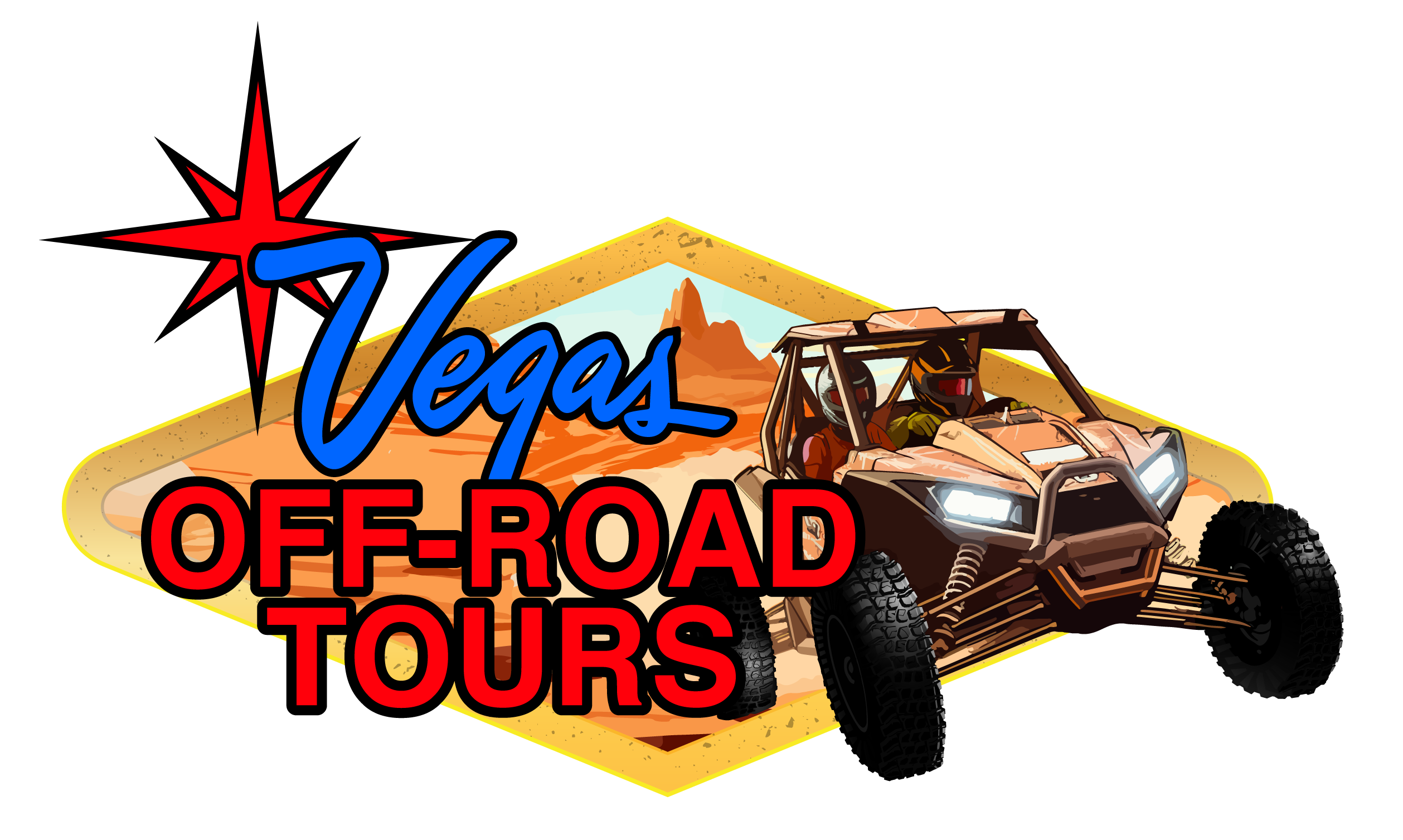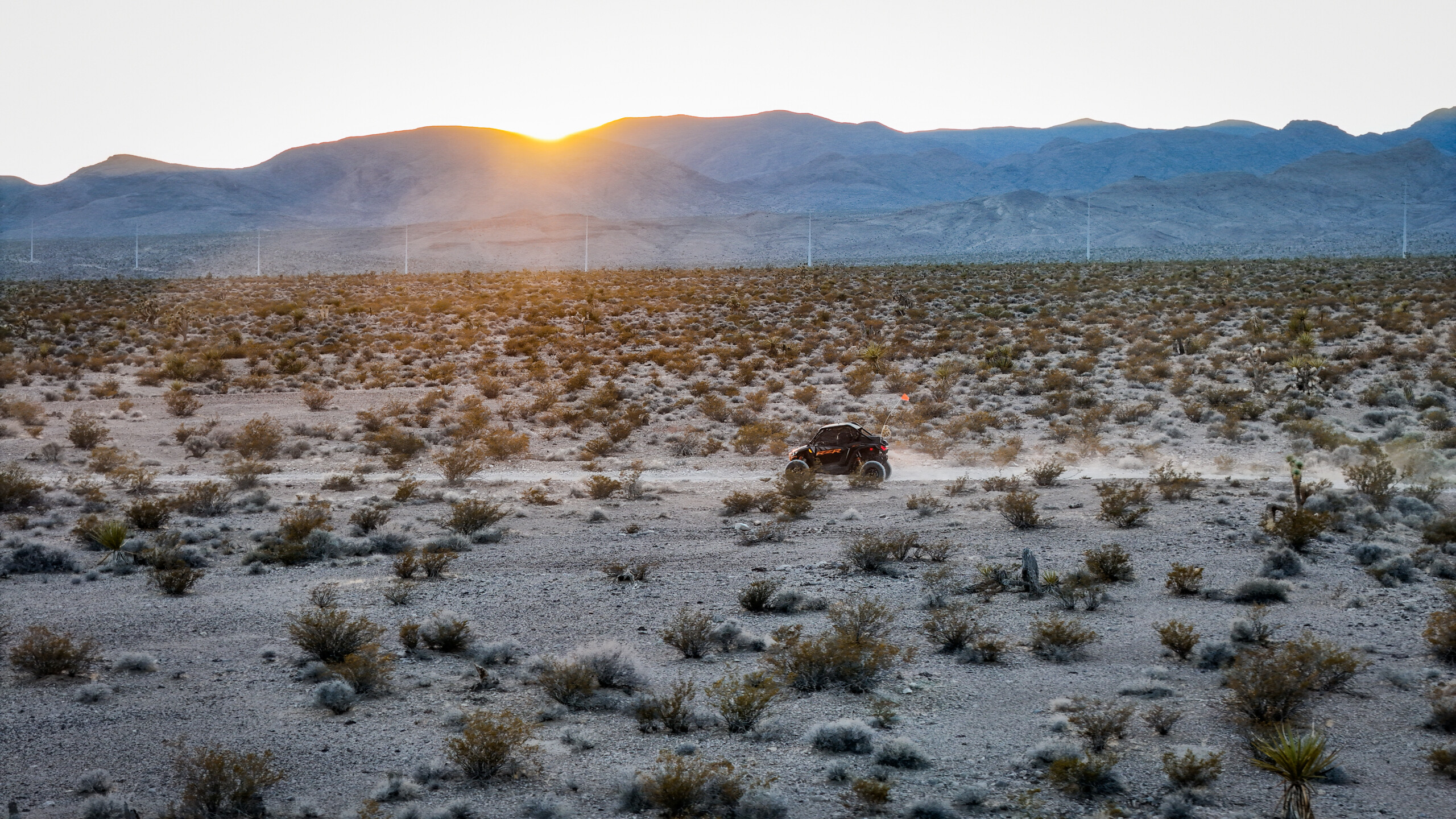The Making of the Mojave Desert: Past to Present
The Mojave Desert history is a fascinating journey shaped by natural forces, ancient cultures, and modern growth. Stretching across parts of California, Nevada, Arizona, and Utah, the Mojave is known for its striking landscapes, iconic Joshua trees, and vibrant ecosystems. But beyond its natural beauty, the desert tells stories that span millions of years, from shifting geology to Native American traditions and the development of today’s communities. Exploring how the Mojave became what it is today gives travelers and adventurers a deeper appreciation for the land they’re experiencing.
The Geological Origins of the Mojave Desert
Long before people walked its sands, the Mojave was shaped by powerful geological forces. Around 2.5 million years ago, during the Pleistocene epoch, the climate shifted dramatically, carving valleys and uplifting mountains. Fossil evidence shows that ancient lakes once covered parts of the region. Over time, the combination of volcanic activity, erosion, and fluctuating climates created the arid landscape we recognize today.
According to the U.S. Geological Survey, deserts like the Mojave are still evolving. Earthquakes, erosion, and weather cycles continue to shape its valleys and canyons. This constant change makes the Mojave a living record of Earth’s history, visible to anyone willing to explore its terrain.
Native American Life in the Mojave
Long before settlers arrived, the Mojave Desert was home to Native American tribes, including the Mojave, Paiute, and Chemehuevi. These communities thrived in the harsh climate, relying on seasonal plants, desert game, and trade routes that connected them with tribes across the Southwest.
Petroglyphs and ancient trails remain today as testaments to their culture. Many of these sacred sites can still be seen in areas like Sloan Canyon and the Mojave National Preserve. The survival skills and spiritual traditions of these tribes are deeply tied to the land, making them a vital part of Mojave Desert history.
European Exploration and Settlement
Spanish explorers were among the first Europeans to enter the Mojave in the late 18th century. Missionaries and traders followed, using desert trails as routes between California and New Mexico. By the mid-1800s, American settlers and gold seekers crossed the Mojave during westward expansion.
The Old Spanish Trail and later the Mojave Road became vital links for trade and travel. Although the desert was unforgiving, its location made it a crossroads for migration and commerce. Many of the routes established during this time would later develop into modern highways and railroads.
Military Significance in the Mojave
The Mojave also played a role in military history. During World War II, large portions of the desert were used for training soldiers in desert warfare. The harsh climate provided a realistic environment for troops preparing to fight overseas. Today, remnants of military activity remain, with some areas still managed by the U.S. military.
This chapter of Mojave Desert history shows how the landscape was not just a challenge for survival but also a testing ground for resilience and adaptation.
Modern Growth and Development
In the 20th century, the Mojave began to see rapid development. The construction of Hoover Dam in the 1930s brought water and electricity to nearby regions, fueling growth in Las Vegas and surrounding areas. Highways, tourism, and military bases further transformed the desert.
Today, the Mojave is known not just for its wild landscapes but also for its booming cities and industries. From renewable energy projects to conservation areas, the desert is a blend of preservation and progress.
Iconic Landmarks in the Mojave
The Mojave is home to several world-famous landmarks that represent different parts of its story:
Joshua Tree National Park – Famous for its unique Joshua trees and surreal rock formations.
Death Valley National Park – Known for being one of the hottest and driest places on Earth.
Kelso Depot – A restored train station that once supported the booming mining industry.
Mojave National Preserve – Featuring sand dunes, volcanic cinder cones, and historic trails.
These places not only attract travelers but also embody the layers of Mojave Desert history in their landscapes.
Conservation and the Mojave Today
While the Mojave has seen much change, conservation efforts are crucial for protecting its fragile ecosystems. Organizations like the National Park Service work to preserve its natural and cultural resources. From desert tortoises to rare plants, the Mojave’s biodiversity depends on ongoing protection.
Balancing development with conservation is a key challenge. Renewable energy projects, for example, bring progress but also raise questions about habitat disruption. Protecting the Mojave ensures future generations can connect with its past.
Experiencing Mojave Desert History with Vegas Off Road Tours
Learning about the Mojave is fascinating, but experiencing it in person is unforgettable. At Vegas Off Road Tours, you can explore rugged trails, desert landmarks, and hidden canyons that showcase the Mojave’s story. Guided tours let you see where history meets adventure, from ancient landscapes to modern-day sights. Whether you’re interested in natural wonders or cultural history, off-road tours bring Mojave Desert history to life in a way no book or article can.
Conclusion
The Mojave Desert is more than a stretch of sand and rock; it is a living record of Earth’s geological past, Native American heritage, European exploration, military history, and modern growth. From fossils to petroglyphs, every layer tells part of the Mojave Desert history. By exploring it today, whether through hiking, research, or off-road adventures, we connect with a story millions of years in the making.

